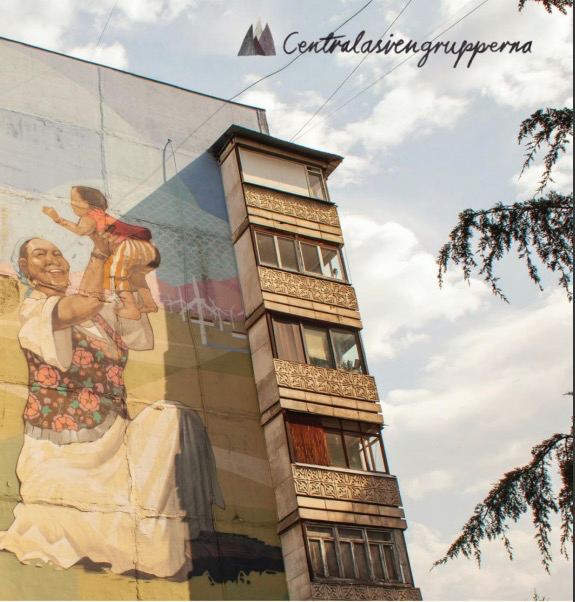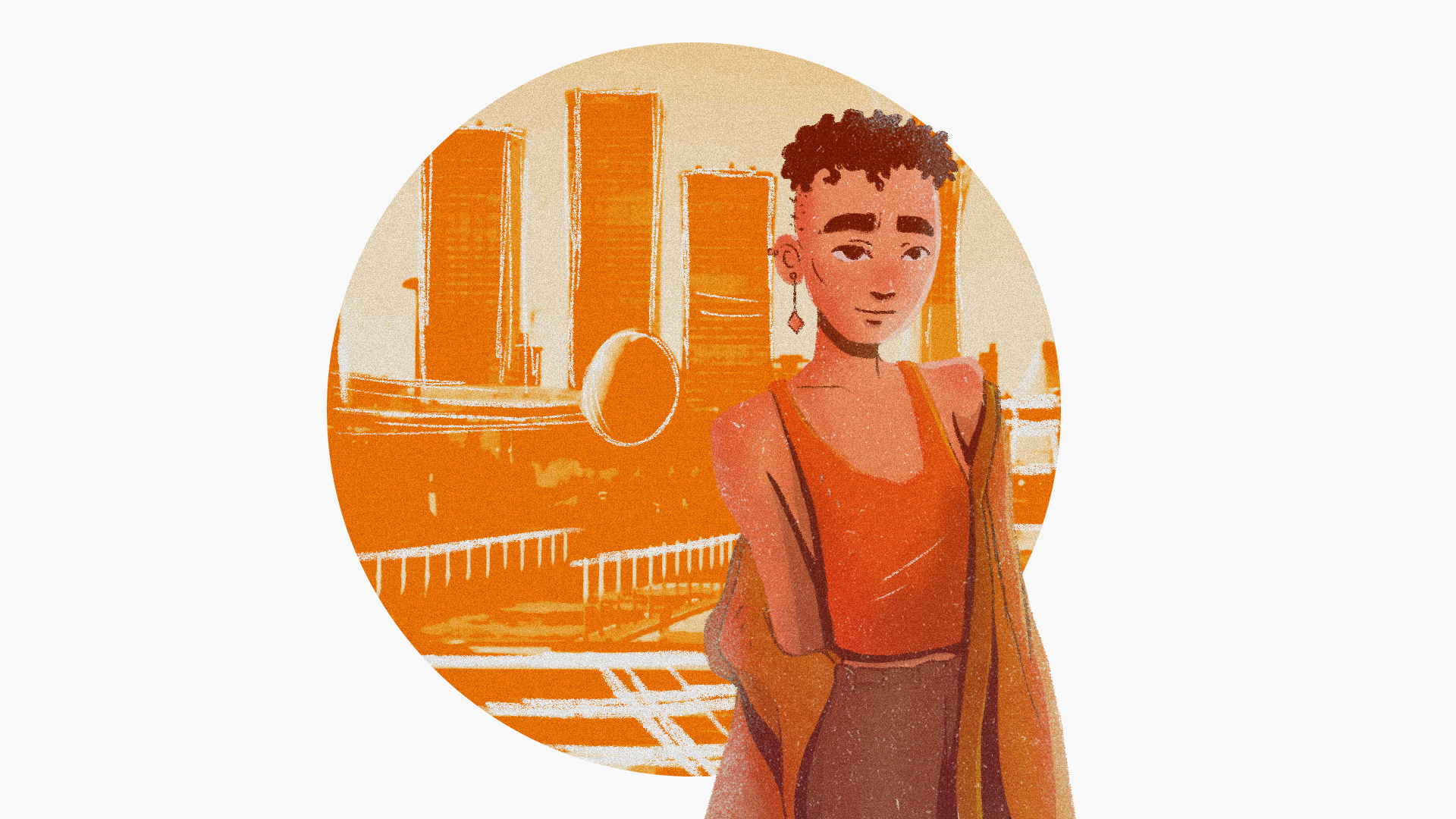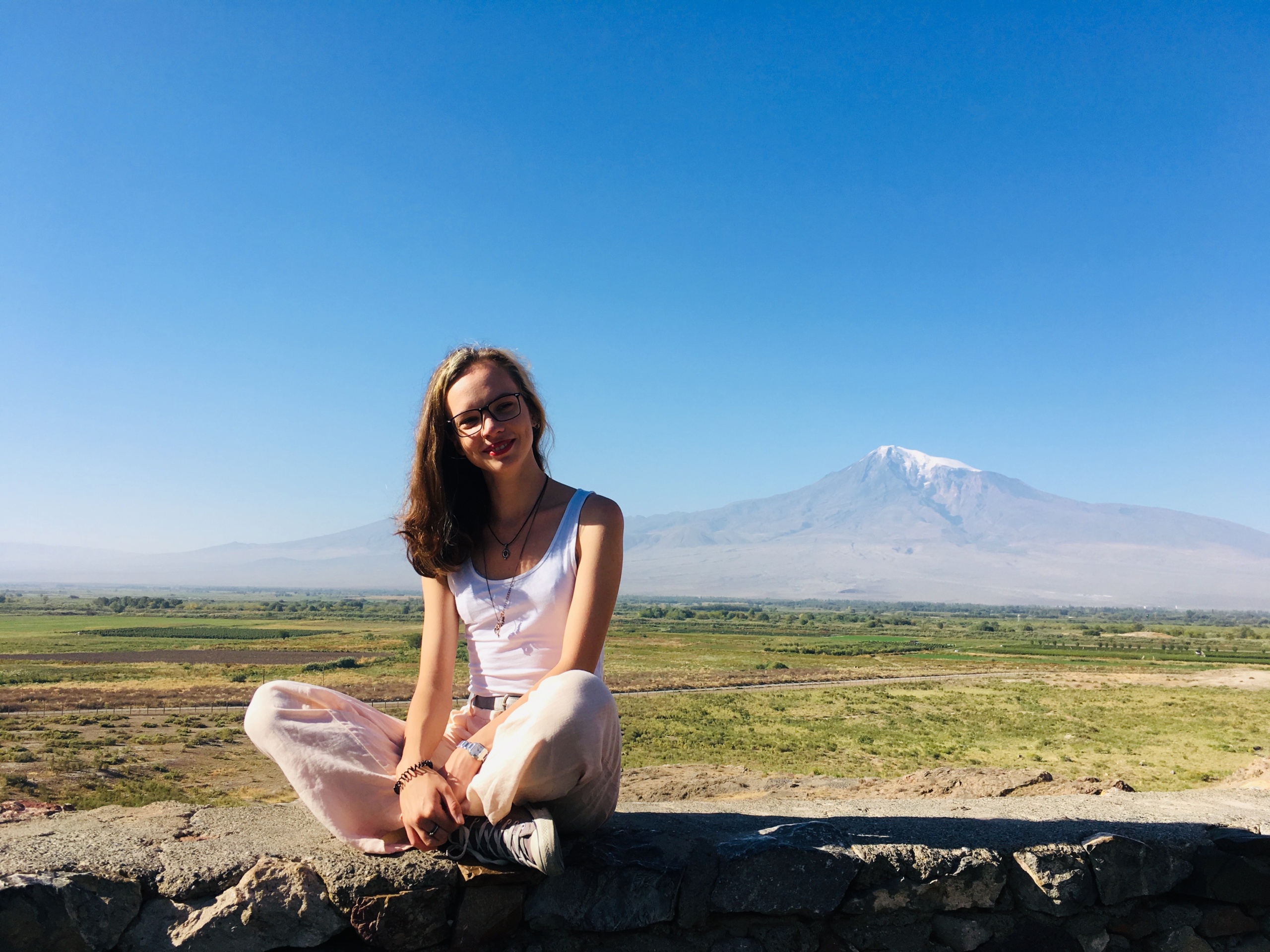Deadline: May 17th, 2021 Hosting organization: Central Asia Solidarity Groups/Centralasiengrupperna Vacancy: 1 volunteering position Start date: August/September, 2021 Duration: 12 months The following vacancy is available at the Swedish organization Central Asia Solidarity Groups, through the European Solidarity Project funded by Erasmus+ and managed by the Swedish Agency for Youth and Civil Society. Candidates, who are interested in this volunteering position must register at European Solidarity Corps portal and submit their CV together with one page letter of motivation no later than May 17th, 2021. Central Asia Solidarity Groups’ OID is E10064468. Candidates are also requested to submit CV, one page...
Annual meeting and relevant documents
We welcome members and friends of Central Asia Solidarity Groups to join us for the Annual Meeting that will be held online on March 20, 2021 at 9:00 AM. The annual meeting will consist of a presentation of CAG’s work in 2020, including economy, activity plan, electing new board members, chairperson and farewell to resigning board members. (See the agenda for more details) The Jitsi link will be shared close to the date of the meeting. Relevant documents can be found here: Annual Meeting Agenda Årsredovisning CAG 2020 Valberedingens förslag Nominating Committee proposal 2021 2022...
Pathways of Change – How Partners Envision the Future
During summer 2020, CAG ran several workshops on Methodology Development with civil society organizations from Central Asia. The workshops in Kyrgyzstan took place in person, while the workshops with organisations in Uzbekistan and Tajikistan were held online. The organizations were chosen based on their area of focus, which was in line with one or more of CAG’s thematic areas democratic youth organizing, gender equality, climate and environment as well as conflict transformation. The workshop data, together with data from three environmental organizations that a board member collected during a study visit to Central Asia in March 2020, was analyzed...
Stepping stones towards Youth Participation – implementing United Nations Security Council Resolution 2250 in Central Asia [explainer clip]
There are numerous factors affecting peace and security in Central Asia. Arbitrary borders drawn during the Soviet era have resulted in natural resources, such as water, being disproportionately split between the Central Asian countries. Such a division has given rise to several cases of conflicts and political tension in the area. The region’s countries have since their independence in 1991 found themselves in national political turmoil on various occasions, as well as international influence from Russia and China affecting the ways the different countries are run. This volatile environment means young people in Central Asia are currently facing...
Civil Society in Central Asia [explainer clip]
What makes democracy work? The amount of literature written in an attempt to answer this question is vast. Many conclude that there is no way of finding a single answer, but the common perception is that civil society is an integral part of a functional democracy. Thus, after the collapse of the Soviet Union, the international community encouraged countries in Central Asia to develop strong, representative, and inclusive civil society to smooth the transition from totalitarian to democratic regimes. However, three decades later, civil society in Central Asia did not form itself as expected. Every country in...
Role Play Game: LGBTQ, climate and mental health in Central Asia
Central Asia Solidarity Groups have launched a new digital role-play game on human rights issues in Central Asia. The plot of this interactive game is built around storylines and different case studies which present players with background information about the topic. There are four storylines representing particular groups and their struggles: LGBTQ+ person from rural area Female eco-activists Non-binary persons Persons with mental illnesses Through the game the participants put themselves in the shoes of an assigned character and make decisions based on the given options and context, once they reach the final destination they will be provided with...
Central Asia and Migration: a Look into the Largest Migration Flow in Eurasia [explainer clip]
In today’s world, human migration is a global concern. Migration can be defined as a process of moving from one location to another for economic, socio-demographic, cultural and historical, infrastructural and geographic and political factors. In other words, migration is one of the strategies people use in response to various societal turn of events. In this globalized world, the US, the United Arab Emirates, Canada, and countries of European Union attract people from all over the world who are in search of better life opportunities and/or who are in need of a safe refuge outside of their places of...
Maria joins Central Asia Solidarity Groups!
Hey, my name is Maria and I’m a journalist from Russia. It is a great challenge and honour for me to become a part of the Central Asia Solidarity Groups. I have been writing a lot about human rights, migration and covered activities of NGOs, and now I will be a part of an NGO myself, what a change! I believe that working with information-raising efforts and education itself can lead to a lot of positive changes if you properly make use of them. That is why I became a journalist and communication specialist. I use the media to...
Gyunay joins Central Asia Solidarity Groups!
I’m very happy and excited to join the Central Asia Solidarity Groups! My journey started in November 2019 when I decided to apply for my first European Solidarity Corps placement. After several months I was lucky to receive a positive response, but unfortunately COVID-19 brought its own changes in our future plans. I’m originally from Georgia, but have grown up in the Republic of Karelia, region in northwest Russia, bordering Finland. I’ve always been living in multicultural environments and would like to continue doing so. I love meeting new people, learn about their lives and backgrounds. I’ve traveled a lot...
Women’s Rights in Central Asia
107. What does this number stand for? As the Global Gender Gap Report for 2020 admits, this number represents the number of years needed for Central Asia and Eastern Europe to achieve gender equality. In this report, we can find the global gender equality rankings of three Central Asian countries: out of 153 countries, Kazakhstan placed at 72nd place, Kyrgyzstan at #93 and Tajikistan at #137. This begs the question: why have these countries scored so poorly in terms of gender equality? What is the general state of women’s rights in the region? This video will discuss the...




